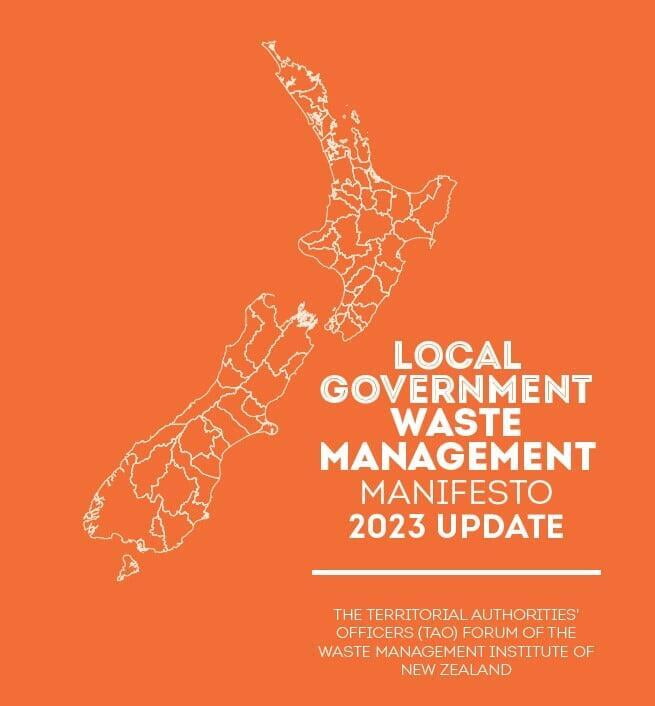Council waste experts are asking the government to continue allocating 50% of waste disposal levy funding to local councils, to reduce ratepayer burden and ensure local infrastructure can be funded.
The WasteMINZ Territorial Authorities' Officers Forum (TAO Forum) has released a Local Government Waste Management Manifesto, which outlines the waste-related priorities of local councils in Aotearoa New Zealand.
The TAO Forum represents council waste officers working in 64 territorial or unitary authorities, and provides a united voice on waste-related matters.
Kimberley Hope, Chair of the TAO Forum Steering Committee, said the Local Government Waste Management Manifesto outlined councils’ perspectives on a wide range of issues, including the Ministry for the Environment’s waste action and investment plan, the allocation of the waste disposal levy, introducing container return schemes and implementing further mandatory product stewardship schemes.
Currently, 50% of levy funds are allocated to territorial authorities on a per capita basis. Kimberley said councils are key to delivering the waste strategy at a local level so should continue to receive a fair allocation of the levy.
“There are a lot of new infrastructure costs that will come out of the delivery of the waste strategy, especially for the standardisation of kerbside recycling and the roll out of food scraps services,” Kimberley said.
“Most councils have already budgeted for levy funding based on existing allocations, often to cover new infrastructure and services required by central government.
“If the levy funding is reduced, it will impact on councils’ ability to deliver on waste management and minimisation goals and targets and it will ultimately place the burden back on ratepayers.”
Under the new waste strategy, the waste disposal levy will be increased to $60 per tonne for Class 1 landfills in 2024. However, Kimberley said overseas research and experience has shown that this should be increased further in order to be effective and to encourage the public to reduce the amount of waste they are sending to landfill.
“Increasing the waste disposal levy would align us with the UK, Europe and Australia.
“The levy is a powerful tool for Government to enable waste reduction and improve resource efficiency and recovery. We have clear evidence that increasing the levy can generate substantial reduction in waste to landfill and will significantly increase the available funds to invest in the waste minimisation sector.”
The Local Government Waste Management Manifesto key priorities include:
- Progressing the delivery of the 2023: Te rautaki para | New Zealand Waste Strategy. This, together with the supporting Action and Investment Plan, must provide direction to achieve the required systems change.
- Continuing to allocate 50% of waste levy funds to local councils. Councils are key to delivery of the waste strategy and require support for action in their local communities.
- Introducing the Container Return Scheme as soon as possible alongside other product policies like product stewardship. This will help shift the cost of waste disposal from ratepayers to producers, manufacturers and consumers.
- Increasing the waste disposal levy above $60 per tonne. This will provide essential funding for critical infrastructure to enable the circular economy.
“These are pressing issues in the waste space for councils,” Kimberley said.

